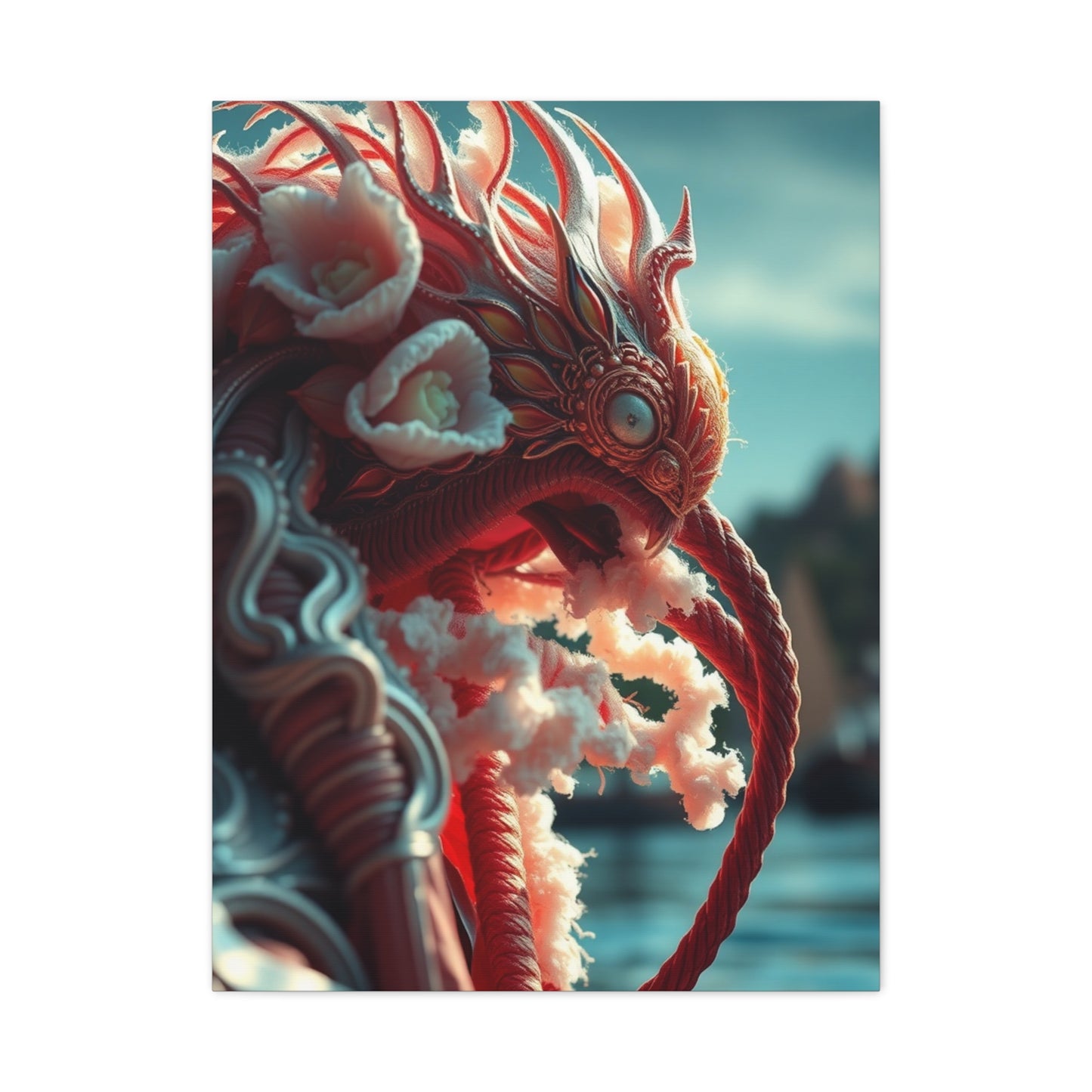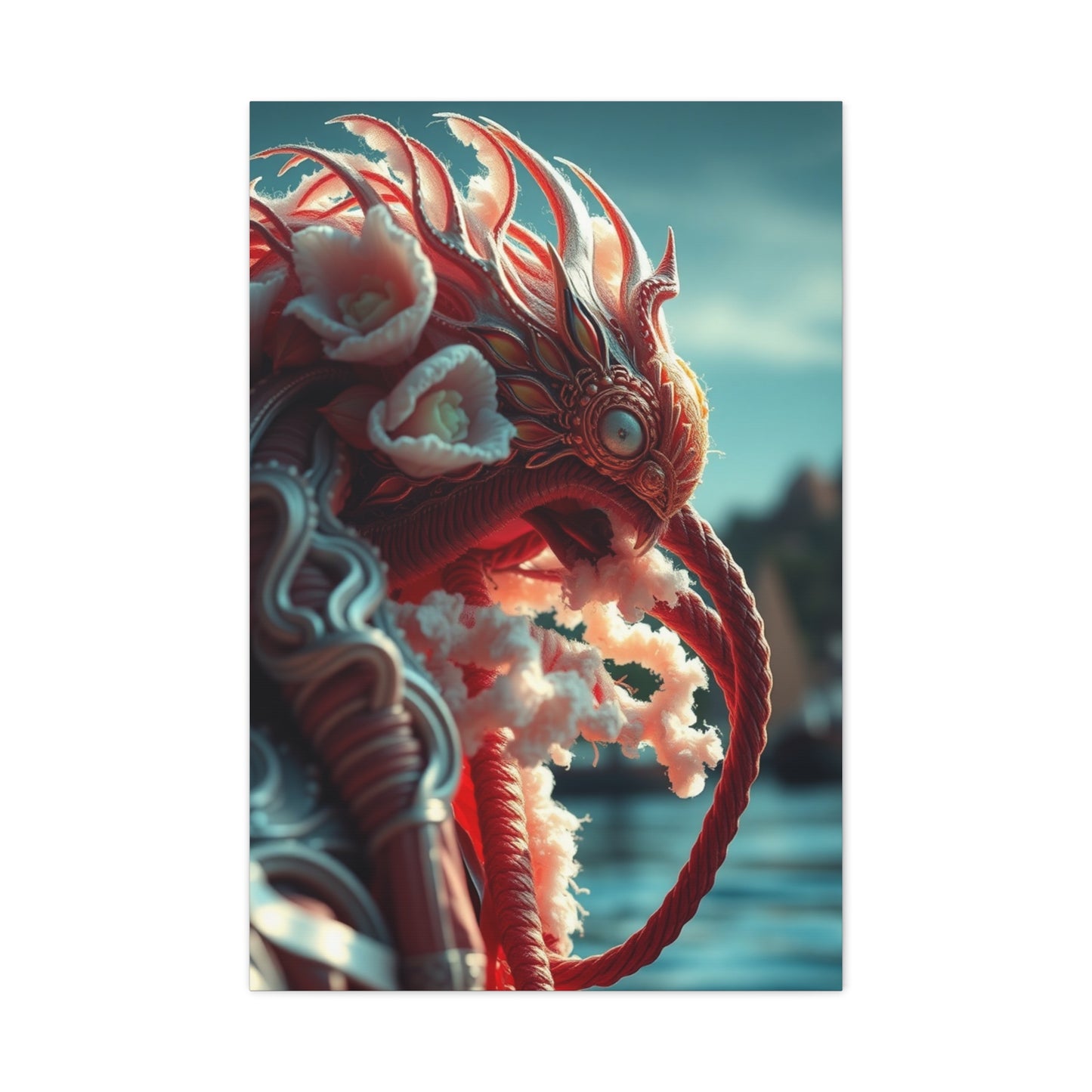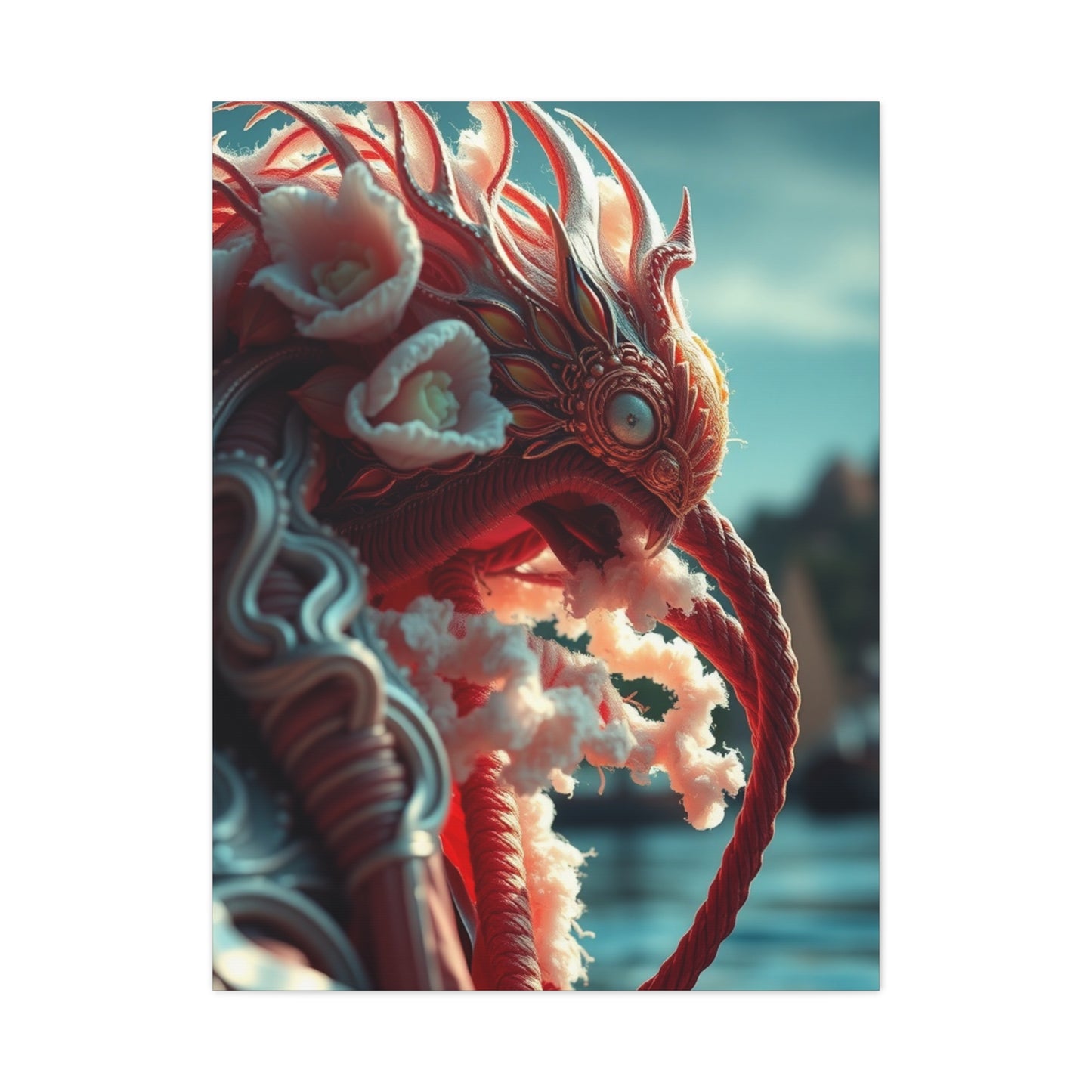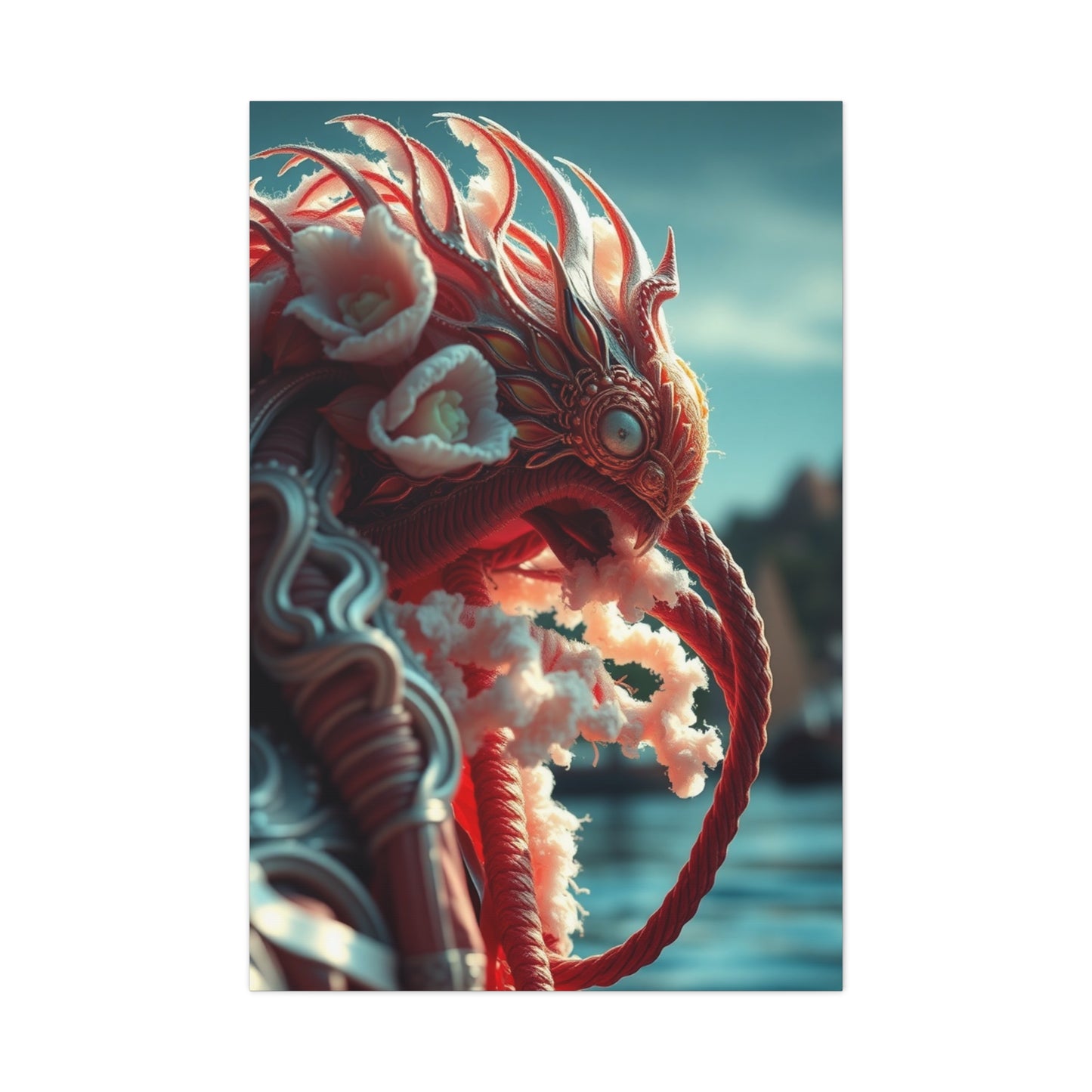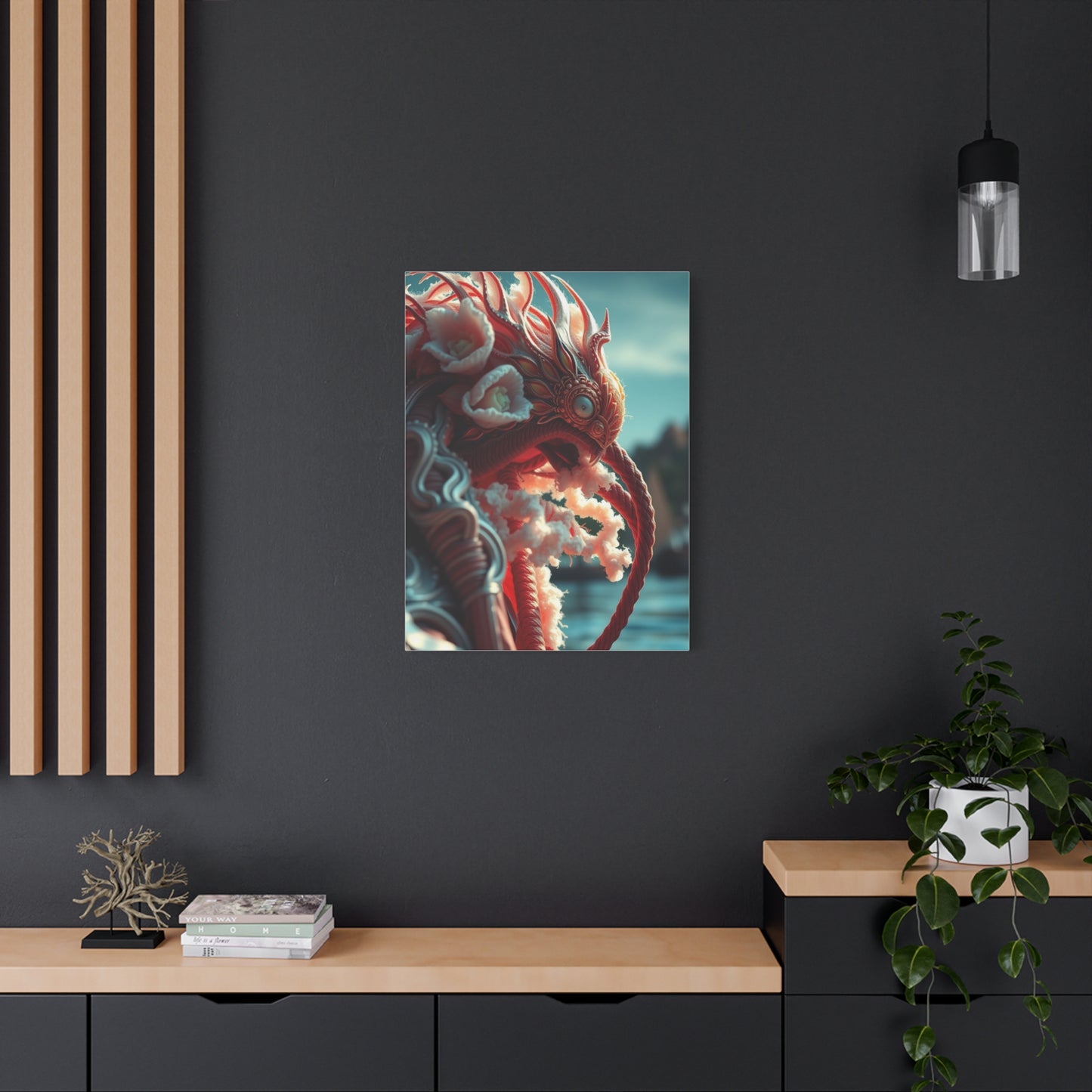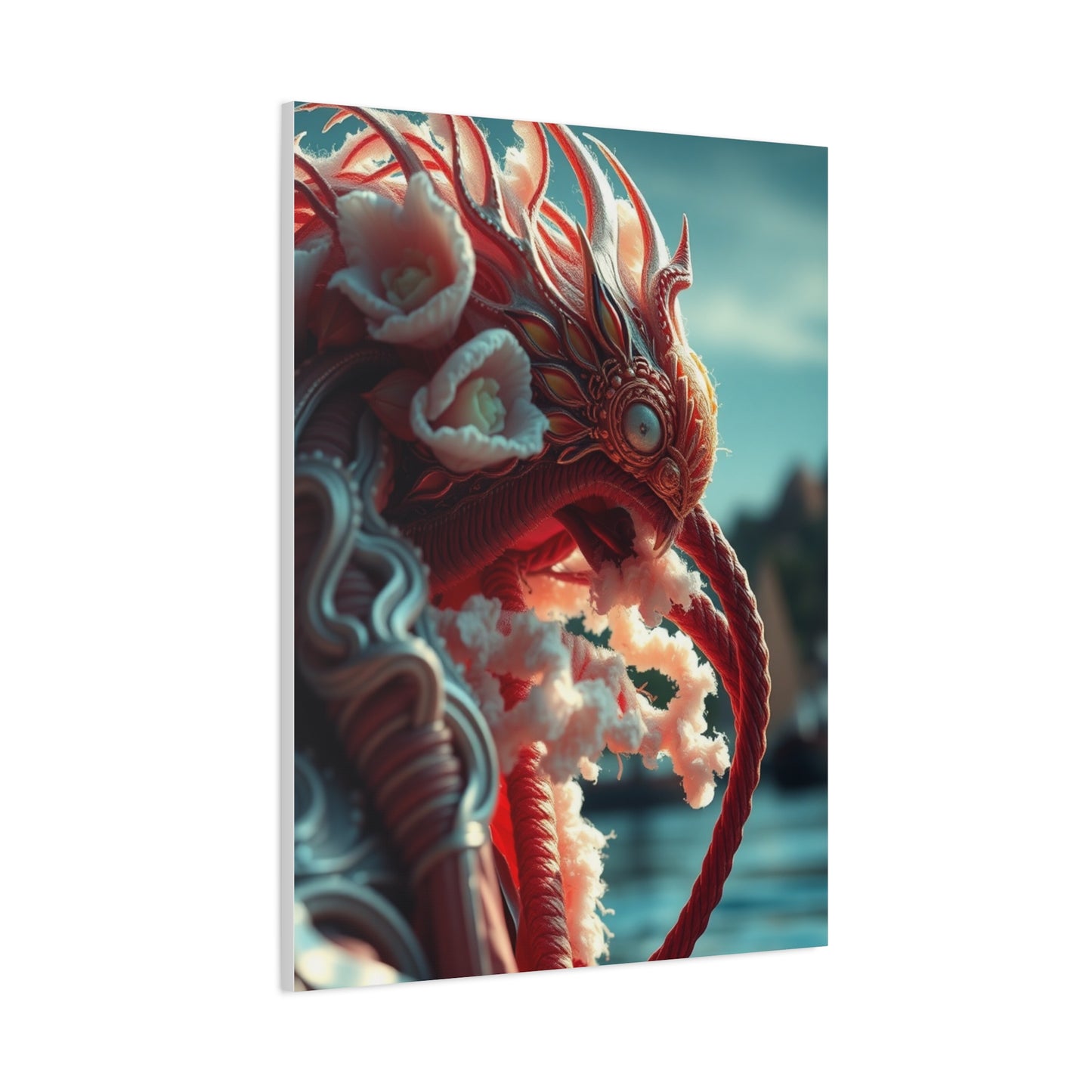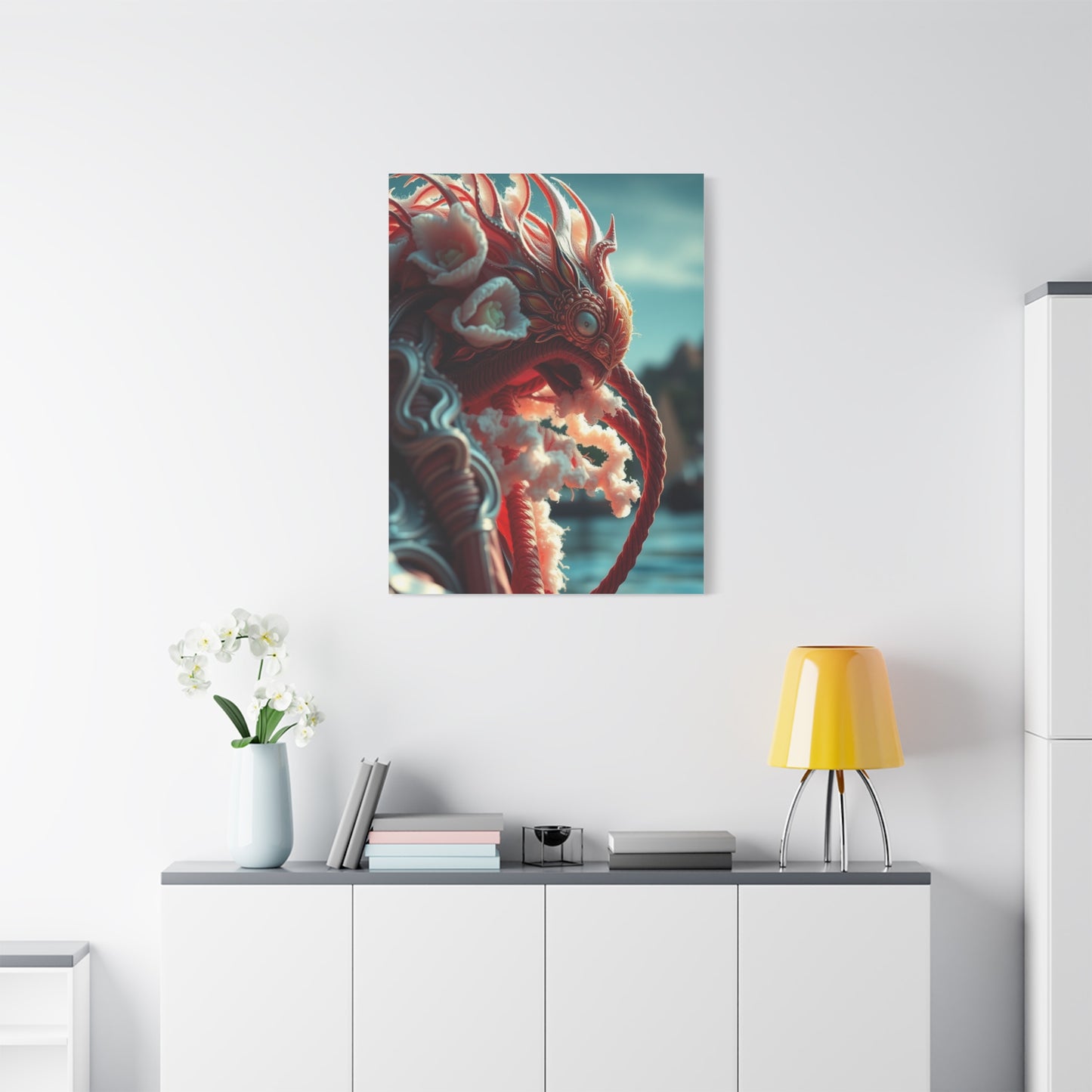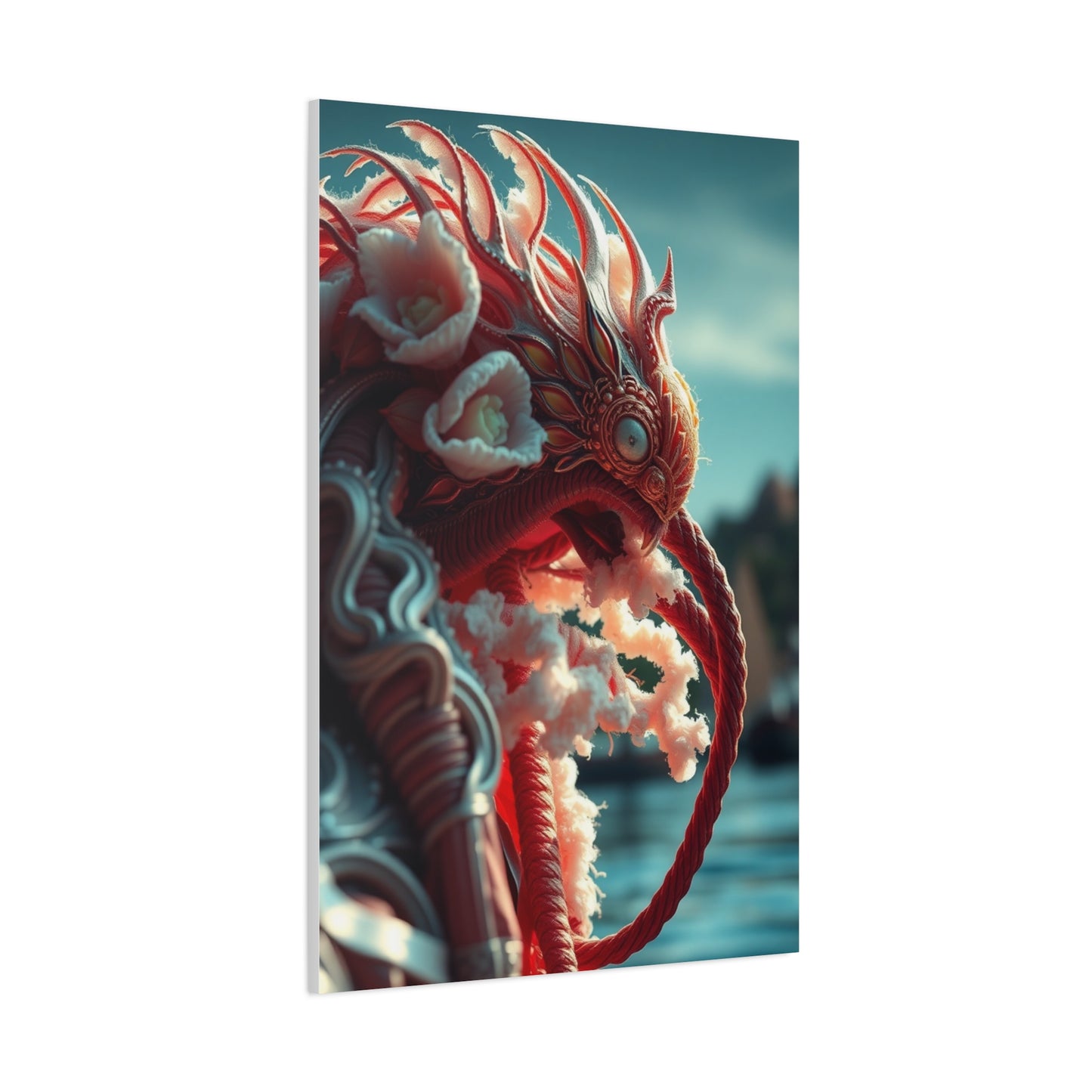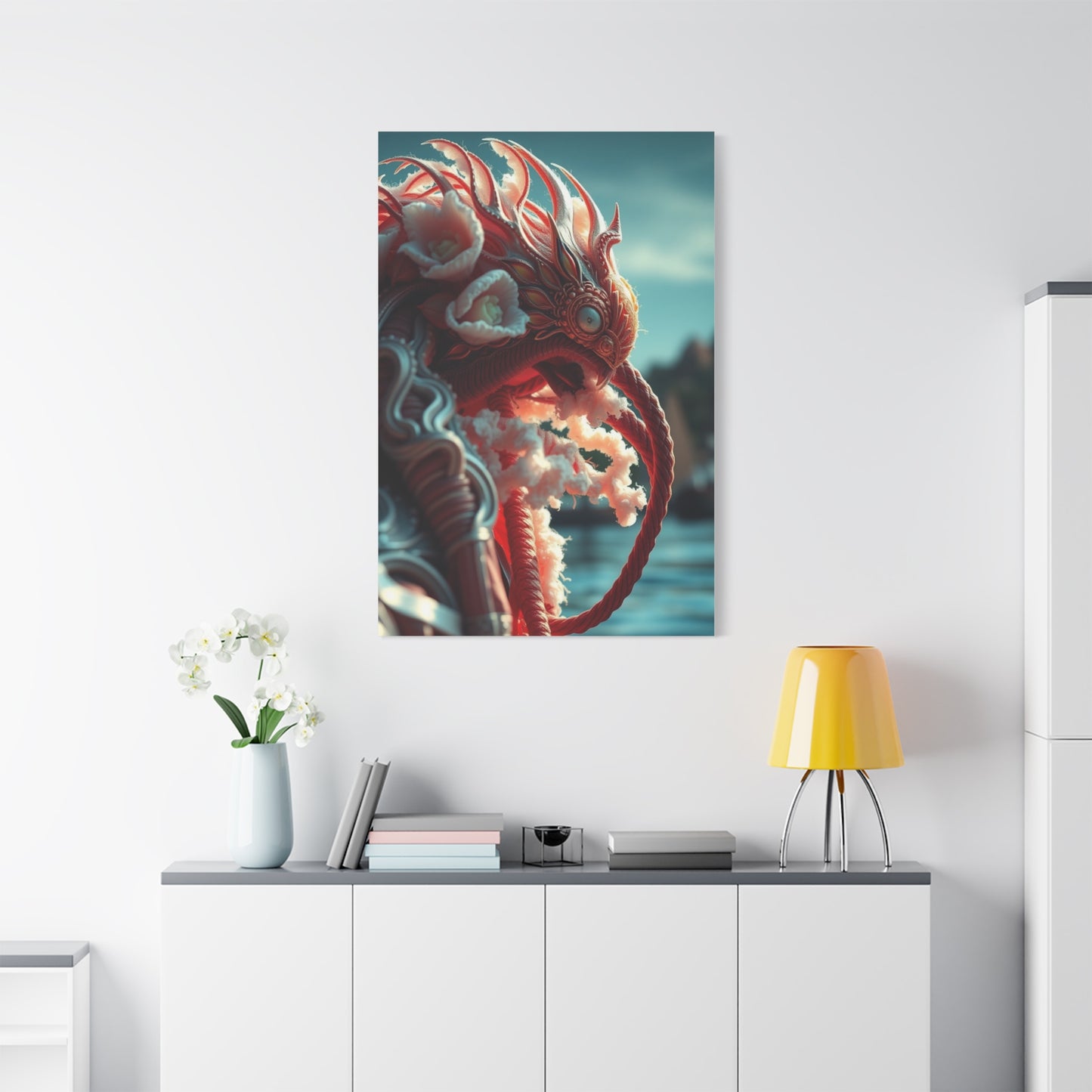The Art of Coastal Living: How Bayside Bliss Masterpiece Wall Art Elevates Your Home’s Style
Coastal-inspired interior decoration has captured the hearts of homeowners and design enthusiasts worldwide, bringing the serene beauty of oceanside living into everyday spaces. The concept of bayside bliss masterpiece wall art represents more than just decorative pieces hung on walls; it embodies a lifestyle choice that celebrates tranquility, natural beauty, and the timeless appeal of waterfront aesthetics. These artistic creations serve as windows to peaceful shorelines, capturing the essence of gentle waves, golden sunsets, and the refreshing atmosphere that coastal environments naturally provide.
The popularity of nautical-themed artwork has grown exponentially as people seek to create personal sanctuaries within their homes. This artistic movement draws inspiration from the calming presence of water, the majesty of seascapes, and the architectural charm of waterfront communities. Each piece tells a story of relaxation and escape, offering viewers a mental retreat to serene coastal havens regardless of their actual geographic location. The transformative power of these artistic expressions lies in their ability to evoke emotions, memories, and aspirations connected to seaside experiences.
When selecting decorative pieces for residential or commercial spaces, the connection between art and environment becomes paramount. Coastal masterpieces bridge the gap between indoor living and outdoor natural beauty, creating harmonious spaces that promote wellbeing and aesthetic satisfaction. The careful selection of colors, textures, and imagery in these artworks reflects the multifaceted nature of coastal landscapes, from the soft pastels of dawn breaking over calm waters to the dramatic contrasts of stormy skies meeting turbulent seas.
Ocean-Inspired Artistic Elements
Research in environmental psychology consistently demonstrates that visual representations of natural environments significantly influence human mood, stress levels, and overall mental wellbeing. Coastal imagery, specifically, has been shown to trigger relaxation responses in viewers, reducing cortisol levels and promoting feelings of peace and contentment. The presence of water elements in visual art activates neural pathways associated with calmness and meditation, making these pieces particularly valuable in creating restorative living environments.
The color palettes commonly found in seaside artwork naturally align with therapeutic design principles. Blues and greens, dominant in ocean scenes, are scientifically proven to lower heart rates and reduce anxiety. These colors create psychological distance from daily stressors, allowing individuals to mentally decompress when surrounded by such imagery. The incorporation of these hues through carefully crafted wall decorations provides continuous exposure to calming visual stimuli, supporting mental health and emotional balance.
Beyond color psychology, the compositional elements of coastal art contribute to its therapeutic effects. Horizon lines in seascapes create visual stability and balance, while the rhythmic patterns of waves introduce a meditative quality to spaces. The vastness depicted in ocean scenes can evoke feelings of freedom and possibility, counteracting the confined sensations that modern urban living sometimes produces. These psychological benefits make coastal-inspired decorations valuable investments in creating healthy, supportive living environments.
Architectural Harmony and Coastal Design Integration
Successfully incorporating waterfront-inspired artwork into interior spaces requires understanding architectural context and design harmony. The relationship between wall decorations and surrounding architectural elements determines the overall effectiveness of design schemes. Coastal masterpieces work exceptionally well in spaces featuring natural materials, open floor plans, and abundant natural light, as these characteristics mirror the organic qualities of beach environments.
Contemporary architecture increasingly embraces biophilic design principles, which emphasize connections between built environments and nature. Coastal artwork serves as a powerful tool in implementing these principles, bringing natural elements into spaces where physical nature may be limited. The strategic placement of ocean-inspired pieces can soften hard architectural lines, introduce organic forms into geometric spaces, and create focal points that guide visual flow throughout rooms.
Traditional architectural styles also benefit from thoughtfully selected coastal decorations. Historic homes with classic moldings and proportions can be refreshed through nautical artwork that respects period authenticity while introducing contemporary comfort. The key lies in selecting pieces whose scale, framing, and style complement rather than compete with existing architectural features. This approach ensures that artistic additions enhance rather than overwhelm the inherent character of spaces.
Material Selection and Artistic Medium Considerations
The physical construction of wall art significantly impacts both aesthetic presentation and longevity. Canvas prints remain popular for coastal imagery due to their texture, which adds depth and dimension to seascape reproductions. The fabric surface creates subtle light interactions that enhance the natural feel of ocean scenes, while the wrapped edges provide a gallery-quality appearance suitable for various interior styles. Canvas durability also makes these pieces practical choices for homes, resisting warping and maintaining color integrity over years of display.
Metal prints have emerged as modern alternatives for displaying coastal photography and contemporary interpretations of beach themes. The luminous quality achieved through dye-sublimation processes on aluminum surfaces creates vibrant, weather-resistant pieces perfect for bathrooms, kitchens, or outdoor living areas. The sleek, frameless appearance of metal artwork complements minimalist and industrial design schemes, offering a contemporary take on traditional nautical themes.
Traditional framed prints under glass provide classic elegance and preservation benefits for valuable coastal artwork. Museum-quality framing with acid-free matting and UV-protective glazing ensures that delicate watercolors, limited edition prints, and original paintings maintain their beauty for generations. The framing itself becomes part of the artistic presentation, with material choices ranging from weathered driftwood frames that enhance beach cottage aesthetics to polished metals that suit modern luxury spaces.
Color Theory in Coastal Artistic Compositions
Understanding color relationships proves essential when selecting artwork that will effectively transform living spaces. Coastal palettes typically revolve around blue as the primary hue, but successful pieces incorporate complex color relationships that create visual interest while maintaining thematic coherence. Analogous color schemes using blues, greens, and blue-violets create harmonious compositions that soothe viewers, while complementary approaches incorporating sandy oranges and warm neutrals add vibrancy and balance.
The saturation levels in coastal artwork dramatically affect spatial perception and emotional response. Highly saturated, vivid blues can energize spaces and make bold statements, appropriate for accent walls or larger rooms where dramatic impact is desired. Conversely, desaturated, muted tones create subtle backgrounds that support relaxation and contemplation, making them ideal for bedrooms, reading nooks, and meditation spaces. The strategic use of saturation gradients within single pieces can guide viewer attention and create depth perception.
Tonal variation within coastal color schemes provides opportunities for sophisticated design applications. Monochromatic approaches using various shades of blue create cohesive, peaceful environments particularly suitable for minimalist or Scandinavian-inspired interiors. Multi-tonal pieces incorporating the full spectrum of coastal colors from deep navy to pale aqua offer versatility, allowing them to coordinate with diverse furnishing palettes and adapt to evolving design preferences over time.
Scale and Proportion in Wall Art Selection
The dimensional relationship between artwork and wall space fundamentally impacts design success. Undersized pieces on expansive walls appear lost and ineffective, while oversized artwork in confined spaces can feel overwhelming. Professional designers typically recommend that wall art occupy between sixty and seventy-five percent of available wall width above furniture pieces, creating visual balance and appropriate spatial relationships.
Vertical versus horizontal orientation choices depend on both wall dimensions and desired visual effects. Horizontal pieces emphasize width, making rooms appear broader and more expansive, particularly effective above sofas, beds, or console tables. Vertical orientations draw the eye upward, creating the illusion of height in rooms with standard ceiling dimensions. Panoramic coastal scenes benefit from horizontal presentation, while lighthouse scenes or coastal cliff compositions naturally suit vertical formats.
Gallery wall arrangements offer creative solutions for displaying multiple coastal pieces while addressing proportion concerns. Curated collections of varying sizes can fill large wall expanses more effectively than single pieces, creating dynamic visual interest through compositional variety. Successful gallery walls balance negative space with artistic coverage, use consistent framing elements or color relationships to create cohesion, and arrange pieces to create intentional visual pathways that guide viewer attention throughout the composition.
Lighting Techniques for Coastal Artwork Enhancement
Proper illumination transforms wall art from simple decoration into captivating focal points. Natural light represents the ideal illumination source for coastal artwork, as it changes throughout the day much like actual seaside lighting conditions. Positioning artwork to receive indirect natural light prevents fading while allowing the pieces to interact dynamically with changing daylight, creating living displays that shift with morning sun, afternoon brightness, and evening ambiance.
Artificial lighting requires careful consideration to avoid damage while achieving desired visual effects. Picture lights mounted above frames provide focused illumination that highlights artwork without overwhelming spaces with general lighting. LED options offer energy efficiency and minimal heat generation, protecting sensitive materials from thermal damage. Adjustable beam angles allow customization of light spread to accommodate different artwork sizes and mounting heights.
Ambient lighting strategies integrate artwork illumination with overall room lighting schemes. Recessed spotlights with narrow beam spreads can create dramatic highlighting effects, drawing attention to key pieces while maintaining general room illumination. Track lighting systems offer flexibility for collections, allowing individual adjustment of multiple light sources to accommodate artwork changes or rearrangements. Dimming capabilities provide additional control, enabling lighting adjustments based on time of day, activity, and desired atmosphere.
Texture and Dimensional Elements in Coastal Designs
Three-dimensional artwork introduces tactile interest that enhances coastal themes beyond traditional flat media. Sculptural elements incorporating actual beach materials like driftwood, shells, or sand create authentic connections to coastal environments. These pieces engage multiple senses, inviting touch and closer inspection while providing visual texture that flat prints cannot achieve. The shadows cast by dimensional elements add another layer of visual interest, changing with light conditions to create ever-evolving displays.
Mixed media approaches combine various materials and techniques to create rich, layered compositions. Coastal scenes might incorporate painted backgrounds with applied elements like rope, netting, or weathered wood fragments. These pieces bridge the gap between painting and sculpture, offering the visual impact of traditional artwork with the engaging complexity of three-dimensional design. The variety of materials creates visual texture even when actual physical texture is minimal, adding depth perception and sophistication to coastal displays.
Textured canvas techniques like impasto painting create substantial surface variation that captures and reflects light in compelling ways. Thick paint application mimics the three-dimensional quality of waves and clouds, adding realism and dynamism to coastal scenes. These heavily textured pieces work particularly well in rooms with strong directional lighting, as the changing shadows across textured surfaces create movement and life within static images.
Historical Context of Nautical Art Traditions
Maritime artistic traditions stretch back centuries, reflecting humanity's enduring fascination with oceans and coastal life. Dutch Golden Age masters produced seascapes that celebrated naval power and commercial prosperity, while Romantic era painters approached ocean subjects with emotional intensity, emphasizing nature's power and mystery. These historical movements established visual vocabularies and compositional approaches that continue influencing contemporary coastal artwork.
Impressionist painters revolutionized seascape art by focusing on light effects and atmospheric conditions rather than detailed rendering. Their innovations in capturing the transient qualities of coastal scenes, particularly how light interacts with water and sky, created lasting impacts on how artists approach maritime subjects. The broken color techniques and emphasis on immediate visual impression established by Impressionists remain evident in modern coastal artwork, particularly in pieces emphasizing mood over precise representation.
American artists developed distinctive coastal art traditions reflecting their particular shorelines and cultural perspectives. Winslow Homer's powerful depictions of Maine coastlines balanced realism with emotional intensity, while California impressionists created sun-drenched beach scenes celebrating West Coast light and lifestyle. These regional traditions contribute to the rich diversity of contemporary coastal artwork, offering collectors and decorators varied stylistic approaches reflecting different coastal personalities and aesthetic preferences.
Contemporary Trends in Coastal Wall Decorations
Modern coastal artwork increasingly embraces abstraction, moving beyond literal representations toward interpretive expressions of seaside experiences. Abstract ocean pieces use color, gesture, and composition to evoke feelings associated with coastal environments rather than depicting specific scenes. This approach offers greater decorative flexibility, as abstract works coordinate with diverse design styles while maintaining thematic connections to water and shore.
Minimalist coastal aesthetics have gained significant popularity, particularly among younger homeowners and in urban environments. These pieces distill ocean imagery to essential elements, using limited color palettes and simplified forms to create sophisticated, contemporary interpretations of beach themes. The clean lines and restrained approach of minimalist coastal art suit modern architecture and design sensibilities while avoiding the potentially kitschy associations of more traditional nautical decorations.
Photography-based coastal art has benefited from technological advances in printing and display. High-resolution images capturing stunning coastal moments translate beautifully to large-scale prints, offering dramatic impact and photographic authenticity. Drone photography has introduced new perspectives on coastal landscapes, providing bird's-eye views of beaches, waves, and shoreline patterns that create striking contemporary artwork. These technological innovations expand creative possibilities while maintaining authentic connections to actual coastal locations.
Regional Coastal Aesthetic Variations
Different coastal regions inspire distinct artistic styles reflecting their unique characteristics. Mediterranean coastal art emphasizes warm colors, rustic textures, and architectural elements like whitewashed buildings and terracotta roofs. These pieces evoke the relaxed luxury of Greek islands and Italian coastal villages, incorporating olive greens, sun-bleached blues, and earthy neutrals. Mediterranean-inspired artwork brings warmth and old-world charm to spaces, particularly complementing traditional, farmhouse, or eclectic design schemes.
Tropical coastal themes celebrate vibrant colors, lush vegetation, and exotic elements. Palm trees, tropical flowers, and brilliant turquoise waters characterize these energetic pieces, which bring vacation atmosphere and island spirit to interior spaces. The bold color palettes and dynamic compositions of tropical coastal art suit contemporary, eclectic, and bohemian interiors, adding personality and vitality to living environments.
Northern coastal aesthetics emphasize dramatic landscapes, rugged shorelines, and moody atmospheres. Artwork inspired by Pacific Northwest, Scandinavian, or New England coastlines often features muted colors, rocky shores, and weather-affected scenes. These pieces communicate strength, resilience, and the raw beauty of challenging coastal environments, appealing to those who appreciate nature's power and the authentic character of working waterfronts rather than idealized beach scenes.
Installation Strategies for Maximum Visual Impact
Proper artwork installation extends beyond simple hanging, requiring consideration of viewing angles, traffic patterns, and spatial relationships. Eye-level placement remains the standard guideline, positioning artwork center at approximately fifty-seven to sixty inches from the floor, the average human eye level in standing position. This height ensures comfortable viewing while maintaining proportional relationships with furniture and architectural features.
Strategic placement relative to furniture creates cohesive vignettes that integrate artwork with overall room design. Above seating areas, maintaining eight to ten inches between furniture tops and artwork bottoms prevents pieces from appearing disconnected while ensuring practical clearance. Over dining tables, centerline alignment with table length creates balance, while maintaining sufficient height prevents interference with centerpieces or sightlines across the table.
Architectural features offer opportunities for enhanced artwork placement. Positioning coastal pieces to align with windows creates interesting dialogues between interior art and exterior views. Artwork placed at stairway landings or hallway endpoints draws viewers through spaces while providing visual rewards for navigation. Corner placements can transform overlooked spaces into gallery moments, maximizing wall utility while creating unexpected design focal points.
Maintenance and Preservation of Wall Art
Protecting artistic investments requires understanding environmental factors affecting artwork longevity. Direct sunlight represents the primary threat to most wall art, causing fading, color shifts, and material degradation over time. Positioning artwork away from direct sun exposure, or using UV-filtering window treatments, significantly extends piece lifespan. For irreplaceable or valuable artwork, UV-protective glazing provides additional insurance against light damage while maintaining visual clarity.
Humidity control proves particularly important for coastal-themed spaces that might incorporate actual water features or be located in humid climates. Excessive moisture threatens canvas integrity, encourages mold growth, and damages paper-based artworks. Maintaining relative humidity between forty and fifty percent protects most artwork types while remaining comfortable for inhabitants. Dehumidifiers in particularly damp spaces or during humid seasons provide additional protection for valuable pieces.
Regular, gentle cleaning maintains artwork appearance without causing damage. Dusting with soft, dry microfiber cloths removes accumulated particles from frames and glazing. Canvas pieces benefit from occasional gentle vacuuming using brush attachments to remove dust from textured surfaces. Avoiding chemical cleaners, excessive moisture, and abrasive materials prevents inadvertent damage during maintenance activities. Professional cleaning services provide expertise for valuable or delicate pieces requiring more intensive care.
Budget Considerations and Investment Approaches
Coastal wall art exists across all price points, from affordable prints to significant artistic investments. Understanding value factors helps buyers make informed decisions aligned with budgets and goals. Original artwork commands premium prices reflecting artist reputation, technical skill, and unique nature, offering investment potential alongside aesthetic value. Limited edition prints balance affordability with collectability, often featuring artist signatures and certificates of authenticity that support resale value.
Mass-produced decorative prints provide accessible options for budget-conscious decorators, offering coastal aesthetics at minimal cost. While lacking investment potential, quality reproductions serve aesthetic purposes effectively, allowing frequent updates and style experimentation without financial commitment. The key lies in selecting pieces with quality printing, durable materials, and thoughtful design regardless of price point, ensuring satisfaction and longevity even from affordable options.
Building art collections gradually spreads costs while allowing thoughtful curation. Starting with key anchor pieces for primary spaces, then expanding over time as budgets allow, creates intentional collections reflecting evolving tastes and life stages. This approach avoids hasty purchases motivated by immediate decorating needs, encouraging patient selection of pieces with lasting appeal and personal significance. Seasonal sales, art fairs, and direct artist purchases offer opportunities for value-conscious collecting.
Creating Cohesive Multi-Room Coastal Themes
Extending coastal aesthetics throughout homes requires balancing consistency with room-specific appropriateness. Unified color schemes create visual flow between spaces, using similar blue tones or complementary beach colors throughout while varying intensity and application based on room function. Living areas might feature dramatic statement pieces with bold colors, while bedrooms display more subdued interpretations promoting rest and relaxation.
Stylistic consistency maintains thematic integrity across spaces without creating monotonous repetition. Selecting artwork sharing stylistic approaches, whether photographic, painterly, or abstract, creates coherent collections spanning multiple rooms. Varying subject matter within consistent styles adds interest, alternating between seascapes, coastal architecture, marine life, and beach details while maintaining unified artistic voice.
Transitional spaces like hallways, staircases, and entryways provide opportunities for connecting room-specific coastal themes. Gallery walls displaying coordinated smaller pieces create visual pathways between spaces, while consistent framing approaches unify diverse subjects. These transitional displays introduce home themes immediately upon entry, setting aesthetic expectations while showcasing personality and design commitment.
Seasonal Variation and Artwork Rotation Strategies
Changing artwork displays seasonally refreshes spaces while maximizing collection enjoyment. Summer displays might emphasize bright, energetic coastal scenes with vibrant colors and active beach activities, celebrating warmth and outdoor living. Winter rotations could feature dramatic storm scenes, misty mornings, or serene winter beaches, acknowledging seasonal shifts while maintaining coastal connections year-round.
Rotation strategies require planning for storage and logistics. Climate-controlled storage spaces protect artwork between displays, preventing damage from temperature extremes or moisture exposure. Organized inventory systems track piece locations, conditions, and display histories, facilitating rotation planning and ensuring all collection pieces receive display time. Digital photographs of previous installations provide references for successful arrangements worth recreating.
Rotating displays offer practical benefits beyond aesthetic variety. Reducing continuous light exposure extends artwork life by limiting cumulative damage. Regular handling during rotations provides opportunities for condition assessments, identifying needed maintenance before minor issues become serious problems. The physical interaction with collections during rotations also deepens owner connections to pieces, reinforcing the personal significance of artistic investments.
Customization and Personalization Options
Commissioning custom coastal artwork creates unique pieces perfectly suited to specific spaces and personal preferences. Working directly with artists allows specification of dimensions, colors, and subjects, ensuring finished pieces meet exact requirements. Custom work incorporates personal coastal memories, favorite locations, or family connections to particular shores, creating meaningful artwork transcending generic decoration. The collaborative creative process adds value beyond finished products, fostering relationships with artists and deeper appreciation for artistic creation.
Personalized printing services transform personal coastal photographs into professional-quality wall art. Vacation photos, family beach memories, or self-captured seascapes gain new life as printed, framed artwork. Modern printing technologies produce gallery-quality results from high-resolution digital images, offering affordable customization. This approach creates deeply personal displays celebrating individual experiences and relationships with coastal places.
DIY coastal art projects provide creative outlets while generating personalized decorations. Beach finds like shells, sea glass, or driftwood become raw materials for handcrafted pieces reflecting personal beachcombing adventures. Shadow boxes displaying collected treasures, arrangements of coral or starfish, or fabric art incorporating nautical themes offer satisfaction of personal creation alongside customized decoration. These handmade pieces carry stories and memories making them irreplaceable regardless of artistic sophistication.
Commercial Applications of Coastal Wall Decorations
Hospitality environments extensively utilize coastal artwork to create appealing, memorable atmospheres. Beach resorts, waterfront hotels, and vacation rentals rely on nautical themes to reinforce location identity and guest expectations. These commercial applications require durability considerations, as high-traffic environments demand artwork resistant to environmental stress and frequent cleaning. Commercial-grade printing, protective finishes, and secure mounting systems ensure longevity in demanding conditions.
Healthcare facilities increasingly incorporate coastal imagery based on research demonstrating therapeutic benefits of nature imagery. Waiting rooms, patient rooms, and treatment areas featuring calming seascapes reduce patient anxiety and improve environmental satisfaction. The careful selection of non-threatening, peaceful coastal scenes creates supportive environments for vulnerable populations, contributing to healing environments alongside medical interventions.
Office environments adopt coastal themes to promote employee wellbeing and create distinctive corporate identities. Companies emphasizing work-life balance, environmental commitment, or coastal regional identity use maritime artwork to communicate values and culture. Conference rooms, common areas, and individual offices incorporating professional-quality coastal art create more humane work environments, potentially improving employee satisfaction and productivity while impressing clients and visitors.
Digital and Interactive Coastal Art Innovations
Digital display technologies enable dynamic coastal artwork changing based on time, season, or user preference. Digital frames displaying rotating coastal photography collections provide variety without physical artwork rotation. High-resolution screens with artwork-specific display modes minimize the electronic appearance, creating convincing artwork presentations. Subscription services provide access to vast image libraries, enabling frequent content changes and exposure to diverse artistic styles and coastal locations.
Augmented reality applications allow virtual artwork previewing before purchase, projecting digital images onto actual walls through smartphone cameras. This technology eliminates uncertainty about size, color compatibility, and aesthetic fit, reducing purchase hesitation and return rates. Virtual galleries enable browsing extensive collections in spatial context, simulating gallery experiences from home while considering multiple options simultaneously.
Interactive artwork incorporating lighting or kinetic elements creates engaging, contemporary coastal displays. Pieces with integrated LED lighting simulate sunrise, sunset, or shifting water reflections, adding temporal dimension to static images. Kinetic sculptures suggesting wave motion or coastal winds introduce movement, activating spaces with gentle animation reflecting natural coastal dynamics. These innovative approaches appeal to technology-enthusiast collectors while pushing artistic boundaries in coastal representation.
Environmental Sustainability in Art Production
Eco-conscious collectors increasingly consider environmental impacts of artwork production and materials. Sustainable canvas production using organic cotton or recycled materials reduces ecological footprints while maintaining quality. Water-based inks and non-toxic printing processes minimize chemical pollution, particularly important given coastal art's thematic connection to ocean health. Certifications like Forest Stewardship Council approval for wooden frames ensure responsible forestry practices.
Local artist support reduces transportation impacts while fostering community connections. Regional coastal artists create pieces reflecting local shorelines with authentic knowledge and perspective. Direct artist purchases eliminate intermediary transportation and packaging while ensuring artists receive fair compensation. Local art supports regional creative economies, contributing to vibrant cultural communities beyond individual transactions.
Artwork longevity represents perhaps the most significant sustainability factor. Investing in quality pieces intended for long-term display prevents disposal waste from frequent replacements. Timeless coastal subjects and classic artistic approaches ensure enduring appeal beyond trendy styles, supporting extended ownership. Proper maintenance extending artwork lifespan maximizes return on material and energy investments in production, framing, and transportation.
Benefits of Curated Living Spaces
Intentionally designed environments featuring carefully selected artwork promote mental health and emotional wellbeing. Spaces reflecting personal values, interests, and aesthetic preferences support identity expression and self-understanding. Coastal artwork in personal spaces communicates and reinforces connections to nature, relaxation priorities, and appreciation for beauty, contributing to coherent self-concept and life satisfaction.
Daily interaction with meaningful artwork provides consistent positive stimuli supporting emotional regulation. Beautiful, personally significant pieces generate small moments of pleasure throughout days, accumulating positive emotional experiences. During stressful periods, familiar beloved artwork offers comfort and stability, serving as visual anchors in turbulent times. These ongoing benefits justify investment in quality pieces generating genuine personal response rather than merely filling wall space.
Curated spaces facilitate social connection by communicating personality and interests to guests. Artwork selections become conversation starters, sharing stories about favorite coastal locations, artistic preferences, or travel experiences. These shared exchanges deepen relationships while creating memorable guest experiences. Well-designed spaces featuring thoughtful artwork communicate hospitality and care, making visitors feel welcomed and valued.
Future Directions in Coastal Interior Design
Emerging design movements will shape how coastal artwork evolves and integrates into living spaces. Biophilic design emphasis will likely strengthen connections between coastal art and broader nature integration strategies, coordinating artwork with living plants, natural materials, and nature views. This holistic approach treats artwork as one element in comprehensive nature-connection systems promoting health and wellbeing through multiple sensory channels.
Technological integration will expand possibilities for dynamic, responsive coastal displays. Smart home systems might coordinate artwork lighting with circadian rhythms, enhancing biological clock support. Seasonal artwork rotations could occur automatically through digital displays programmed to match coastal location conditions, displaying current weather or seasonal characteristics of favorite beaches. Voice-activated artwork information could provide artist details, location context, or personal notes about piece significance.
Sustainability concerns will increasingly influence artwork selection and display practices. Carbon-neutral shipping, circular economy framing options, and recyclable materials will become standard expectations rather than specialty features. Virtual reality might supplement physical artwork, allowing immersive coastal environment experiences without additional physical objects. These developments will challenge traditional collecting approaches while opening new possibilities for experiencing and sharing coastal beauty.
Conclusion
The transformative power of bayside bliss masterpiece wall art extends far beyond simple decoration, touching multiple aspects of daily life and wellbeing. These carefully selected pieces bring the restorative qualities of coastal environments into homes, offices, and commercial spaces, creating sanctuaries that support mental health, inspire creativity, and provide ongoing aesthetic pleasure. The psychological benefits of ocean imagery, combined with thoughtful design integration, make coastal artwork valuable investments in quality of life regardless of proximity to actual shorelines.
Successful incorporation of maritime themes requires understanding various factors including color theory, scale relationships, lighting techniques, and architectural context. The rich historical traditions of nautical art provide inspiration and foundation, while contemporary innovations expand possibilities through new materials, technologies, and artistic approaches. Whether selecting affordable prints or investing in original masterpieces, the key lies in choosing pieces that resonate personally, coordinate with existing design elements, and stand the test of time both aesthetically and physically.
The diversity of coastal artistic expressions ensures options for every taste, budget, and design style. From photographic realism to abstract interpretation, minimalist restraint to maximalist celebration, peaceful pastels to dramatic contrasts, the breadth of available coastal artwork accommodates individual preferences while maintaining thematic connections to ocean and shore. Regional variations reflecting Mediterranean warmth, tropical vibrancy, or northern drama add further dimension to selection possibilities, allowing personalized interpretations of coastal themes.
Practical considerations including installation techniques, maintenance requirements, and preservation strategies protect artistic investments while ensuring optimal display. Understanding these technical aspects empowers collectors to care for pieces properly, extending lifespans and maintaining beauty over years of enjoyment. Budget-conscious approaches and gradual collection building make coastal art accessible across economic ranges, democratizing the benefits of living with meaningful, beautiful artwork.
The commercial applications of coastal themes in hospitality, healthcare, and corporate environments demonstrate the universal appeal and broad benefits of maritime imagery. These professional implementations validate personal decorating choices while providing inspiration for residential applications. The therapeutic benefits recognized in healthcare settings translate directly to home environments, supporting the wisdom of incorporating nature-inspired artwork into daily living spaces.
Looking forward, coastal wall art will continue evolving through technological innovations, sustainability imperatives, and design movements. Digital displays, interactive elements, and smart home integration will expand how we experience and interact with coastal imagery. Simultaneously, growing environmental consciousness will shape production practices and material choices, aligning artwork with broader ecological values. These developments promise exciting possibilities while respecting the timeless appeal of ocean beauty that has captivated humanity throughout history.
Ultimately, the enduring popularity of coastal masterpiece wall art reflects fundamental human connections to water and nature. Oceans inspire awe, provide sustenance, enable exploration, and offer recreational pleasure. They represent both home and destination, familiar comfort and exotic adventure. Artwork celebrating these magnificent natural features allows individuals to maintain meaningful relationships with coastal environments regardless of geographic location or life circumstances.
Creating living spaces that reflect personal values, support wellbeing, and provide daily beauty represents one of the most accessible forms of life enhancement available to contemporary individuals. Coastal wall art offers a powerful tool in this creative endeavor, bringing the majesty, peace, and inspiration of shorelines into the intimate spaces where we live, work, and grow. The journey of selecting, displaying, and living with these pieces enriches life beyond the purely aesthetic, creating homes that truly nurture and reflect the people who inhabit them.
As you consider incorporating bayside bliss masterpiece wall art into your own spaces, remember that the most successful choices balance aesthetic preference with practical considerations, personal meaning with design principles, and immediate gratification with long-term satisfaction. Take time to explore options, envision possibilities, and select pieces that genuinely move you. The artwork that surrounds us shapes our daily experiences in subtle but significant ways, making these decisions worthy of thoughtful attention and authentic personal reflection.
Whether you are beginning your first collection, refreshing existing displays, or seeking that perfect statement piece, the world of coastal wall art offers limitless opportunities for creating environments that inspire, comfort, and delight. Embrace the journey of discovery, trust your instincts, and create spaces that bring you joy every time you enter them. The transformative power of beautiful, meaningful artwork awaits, ready to bring the serenity and splendor of coastal living into your everyday life.

















